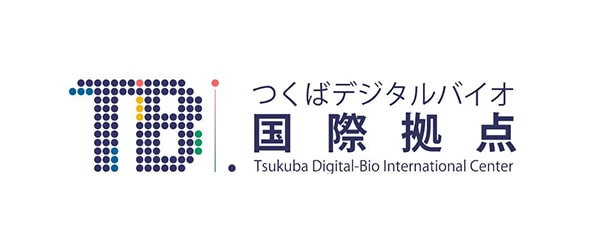第29回食・触コンソーシアムワークショップ (共催:産総研 触媒化学研究部門)
| イベント名 | 第29回食・触コンソーシアムワークショップ (共催:産総研 触媒化学研究部門) |
|---|---|
| 期日 | 2025.06.12 |
| 詳細 |
私ども生物資源と触媒技術に基づく食・薬・材創生コンソーシアム(食・触コンソーシアム)では、様々な分野で活躍している大学、公的研究機関、企業等の方々をお招きして、講演会を開催することで分野の垣根を越えた連携の実現を目指しています。 日時:2025年6月12日(木)15:00~17:00 15:00-16:00 ◆大畠潤助教授 North Carolina State University Selective and efficient reactions of polypeptides in living systems are enabled by a range of enzymes and molecular machinery even in a complex mixture of cellular components. During the past decades, nonenzymatic reactions or chemical modification of polypeptides have been extensively studied by addressing challenges of aqueous chemical transformation of the polyfunctional biomolecules for various purposes such as creation of therapeutic agents as well as investigation of biomolecular processes in many contexts. Nonetheless, realization of selective, effective chemical 16:00-17:00 ◆Case School of Engineering School of Medicine The average 65-year-old American takes about 4 to 5 prescription medications daily. When including over-the-counter drugs, supplements, and vitamins, the number can rise to 6 to 8 medications per day. Unintended, off-target drug effects is an increasingly important concern—particularly for patients managing several conditions with overlapping treatments. While therapeutic drugs are designed to act at specific targets, a significant portion often distributes to nontarget tissues, sometimes leading to harmful side effects. The fields of pharmacokinetics and pharmacodynamics aim to optimize drug dosing to maximize efficacy at the site of action while minimizing off-target toxicity. Our lab has been exploring the use of engineered polymers to intentionally accumulate drug at target sites, thereby improving local drug availability. However, in doing so, we discovered that many commonly used biomedical polymers—including those found in implants and devices—can unintentionally accumulate drugs. This raises critical safety concerns: for example, a cancer drug may inadvertently accumulate at a cardiac device site, increasing the risk of cardiotoxicity. To address this, we have developed a high-throughput screening strategy to systematically map drug-polymer interactions across a diverse set of therapeutics and materials. This strategy not only offers a framework for predicting safe combinations of drugs and medical devices, but also provides valuable insights to guide the development of nextgeneration biomedical polymers and therapeutic molecules. Moreover, it offers a tool for understanding the broader implications of polymer interactions in the body, including emerging concerns around microplastics and long-term material biocompatibility. |
| 備考 | 【問い合わせ先】食・触コンソーシアム事務局TEL:080-2205-9851 |










